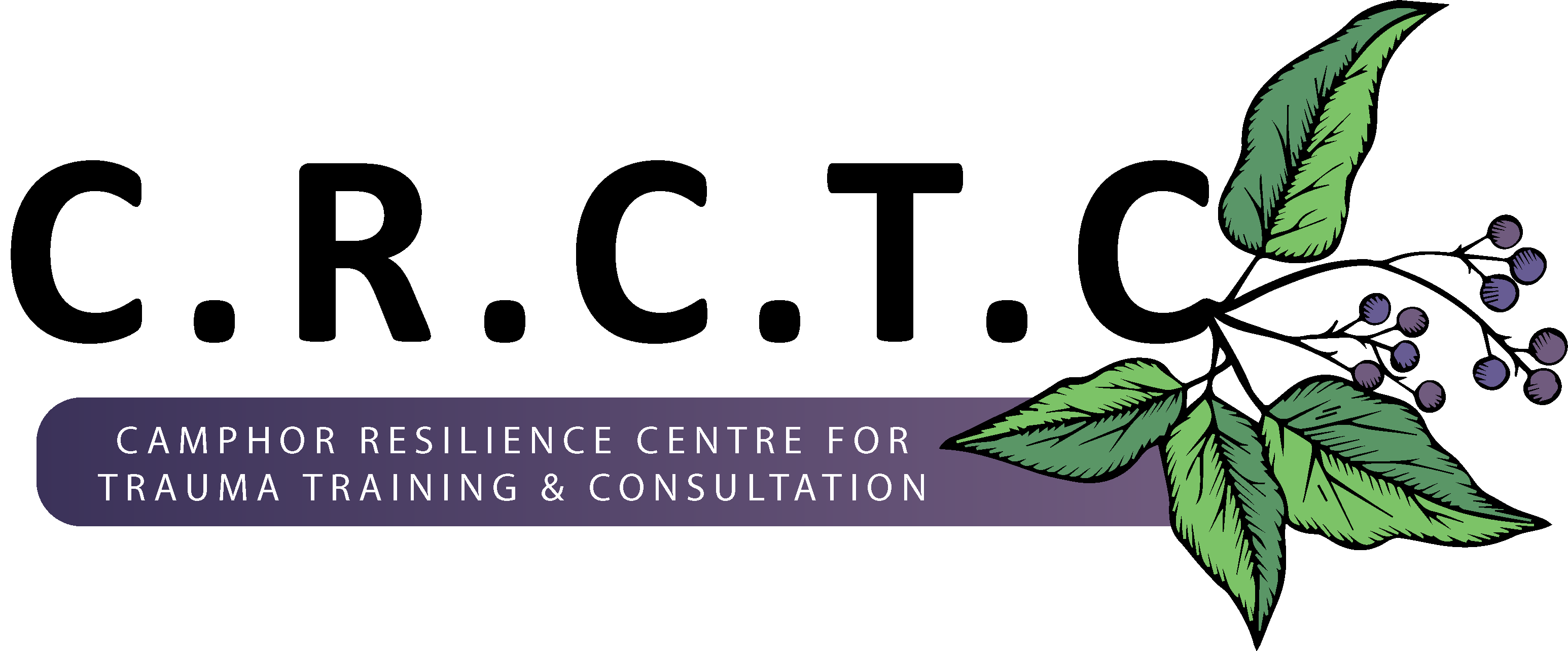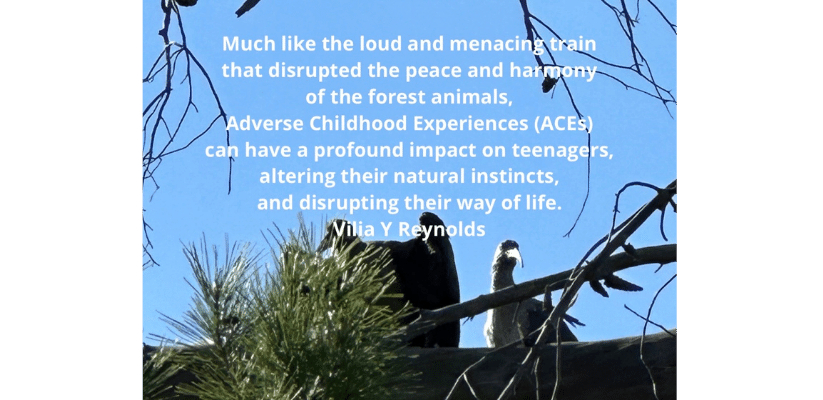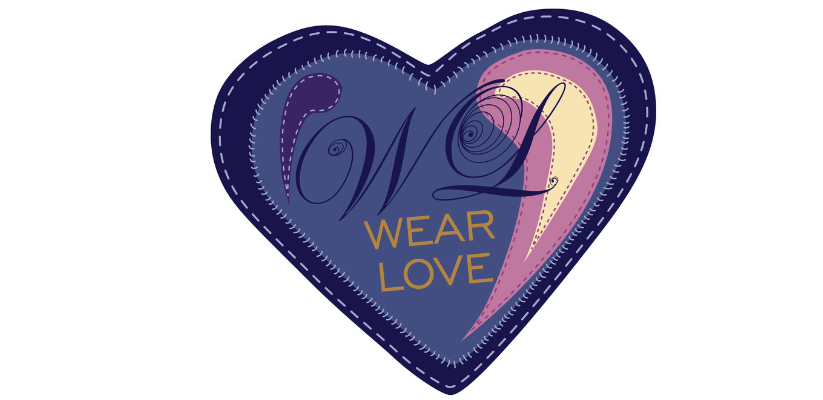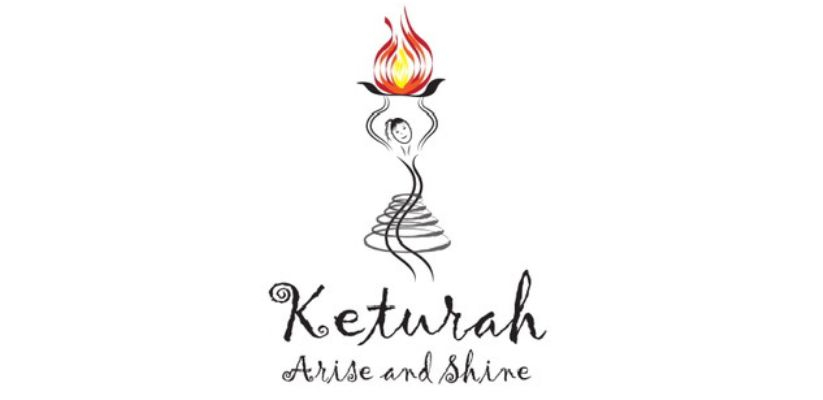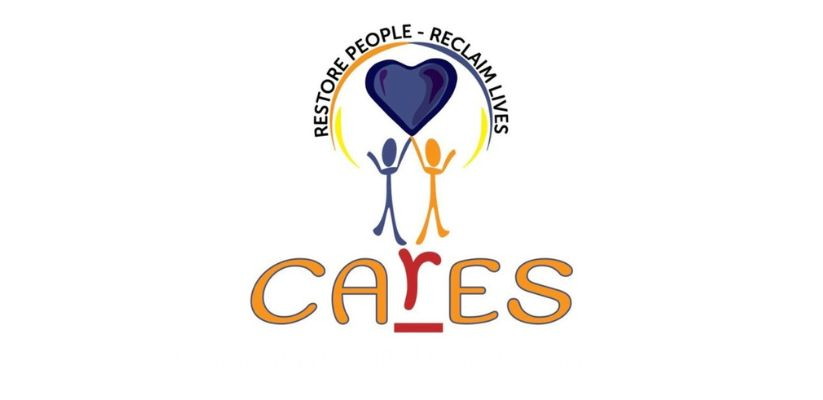Teens and Trauma
Once upon a time, in a sprawling forest, there was a group of animals who lived together in peace and harmony. There was a family of rabbits, a pack of wolves, and a flock of birds, among others.
One day, a loud and menacing train roared through the forest, causing the ground to shake and the trees to tremble. The animals were startled and frightened by the sudden noise, with some feeling a primal urge to flee and others wanting to fight back against the perceived danger.
The loud sound triggered the rabbits' flight response, and they scampered as fast as they could into their burrow, seeking safety from the perceived threat. Conversely, the wolves were primed for battle, growling and snarling at the train as if it were an enemy encroaching on their territory. The birds took to the skies, circling overhead, trying to make sense of the strange new sound and assess whether it pthreatenedtheir way of life.
Over time, as more trains passed through the forest, the animals' behaviour began to change. The rabbits became increasingly skittish and nervous, even when the train was in sight. The wolves grew more aggressive and territorial, fighting amongst themselves and attacking other animals for no apparent reason. The birds flew further and further away from their familiar nesting sites, seeking refuge in far-off lands, unable to find a saviour in their home forest.
The impact of these Adverse Childhood Experiences (ACEs) on the animals' behaviour was profound and lasting, with the trauma of the trains disrupting their instincts and altering their way of life. Similarly, the impact of ACEs on teenagers can be significant, leading to emotional and psychological challenges that can affect their behaviour, relationships, and overall well-being. It is crucial to provide the necessary support and care to help teenagers overcome the effects of ACEs and lead fulfilling lives.
